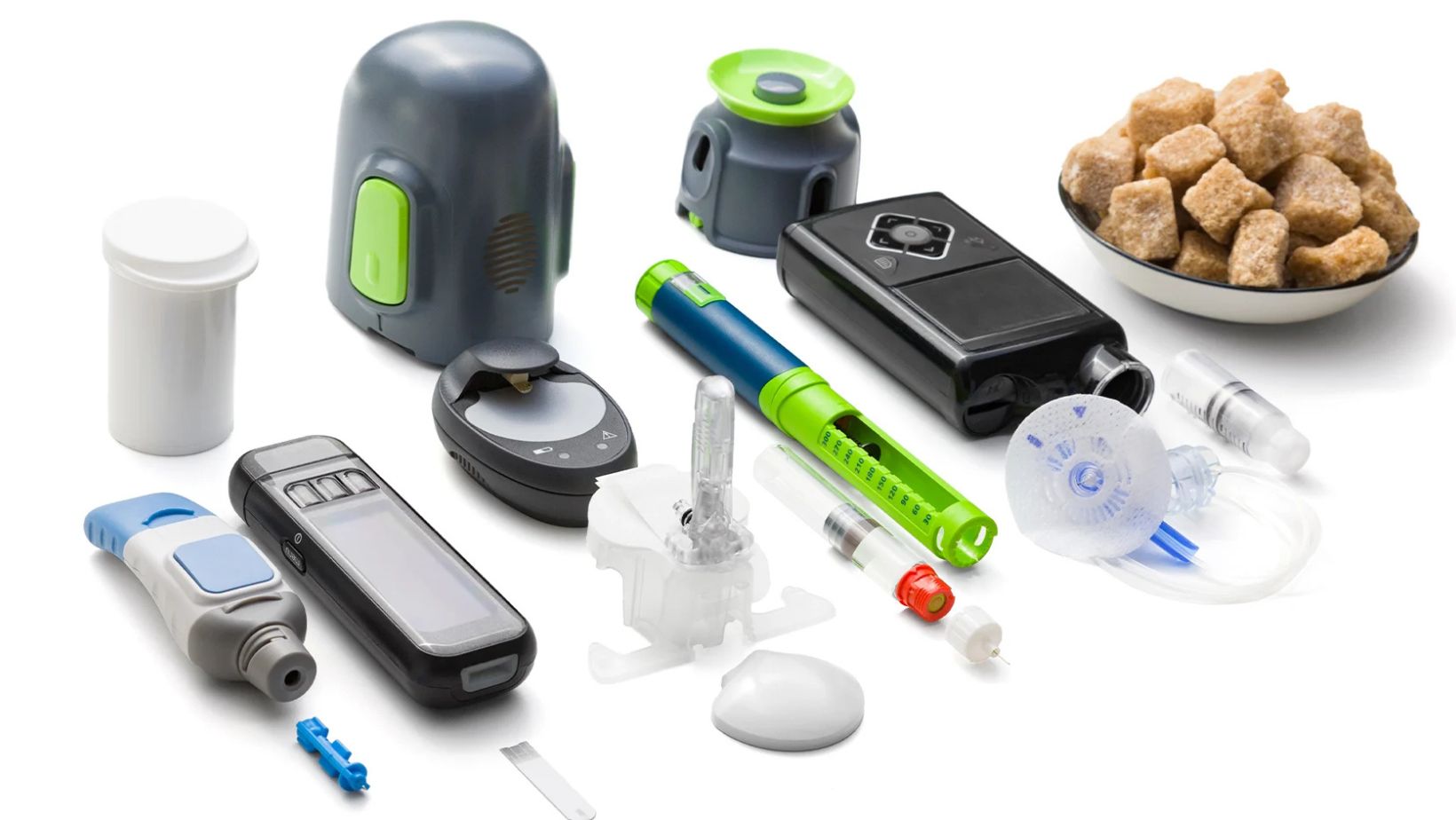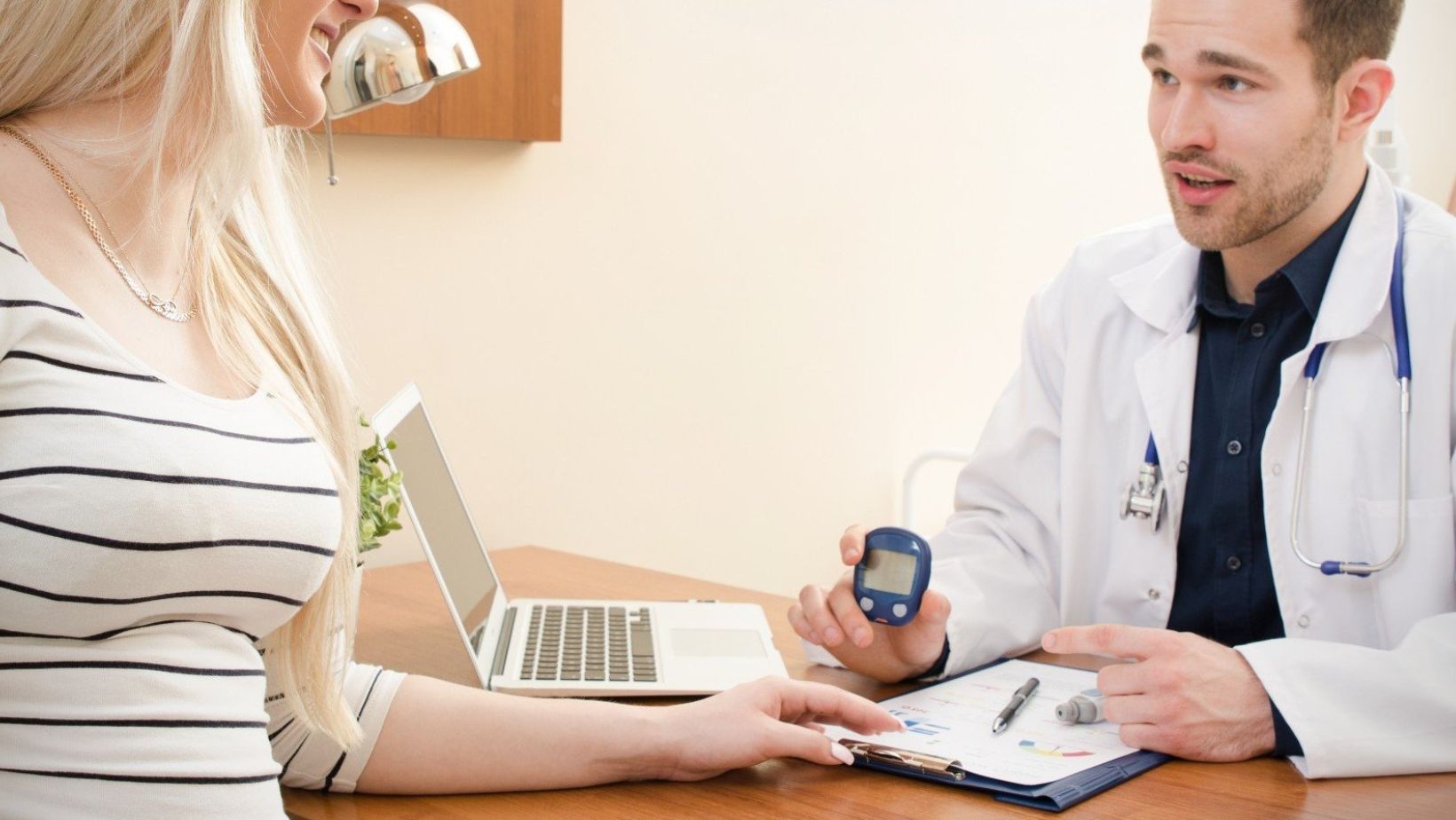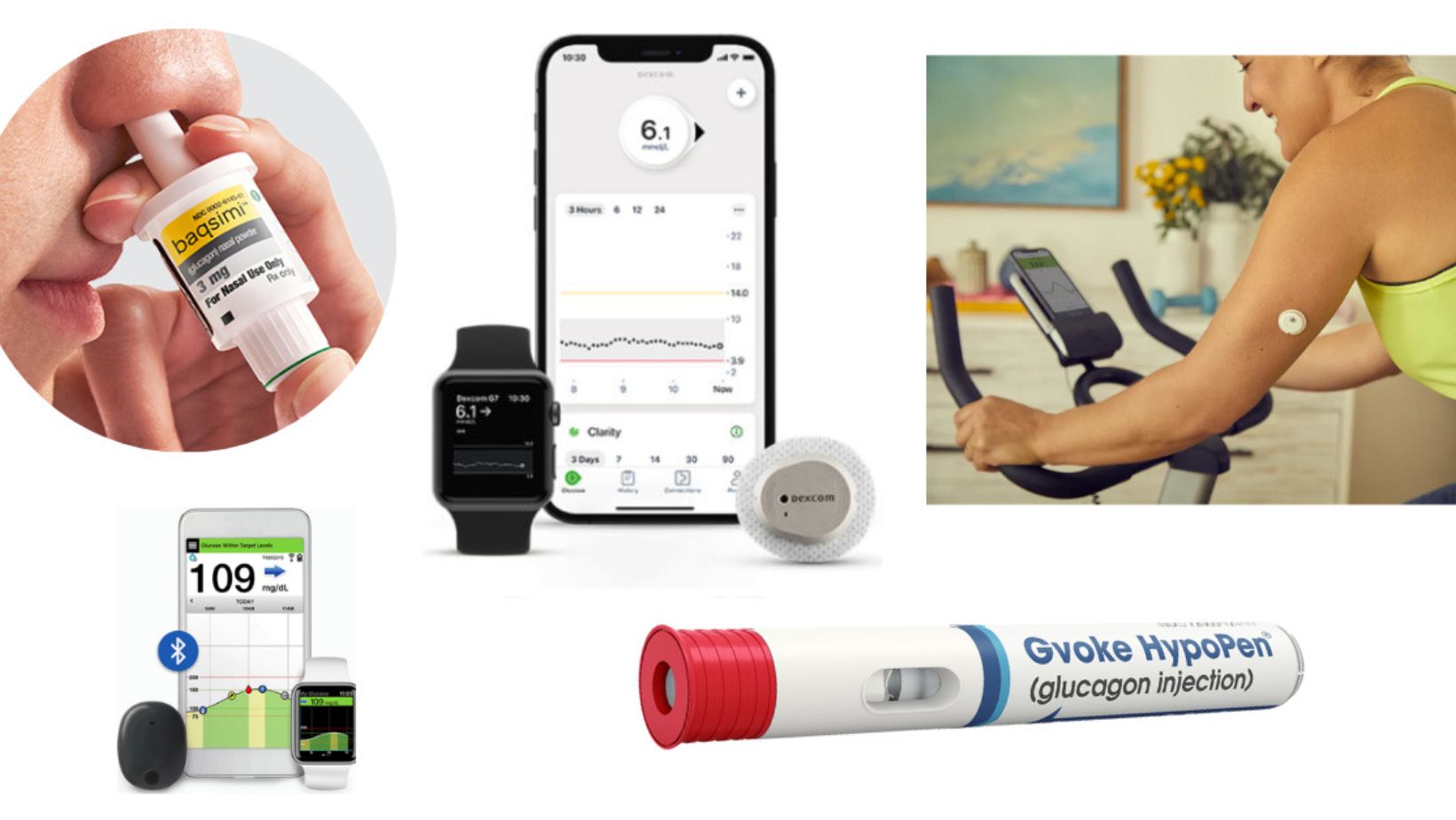A new study from researchers at the University of Colorado Anschutz Medical Campus and Massachusetts General Hospital has found that people with diabetes can successfully use advanced insulin delivery technology when trained by their primary care providers (PCPs) or through telehealth—achieving results comparable to those trained by specialists in person.
The findings, published today in Clinical Diabetes, mark a major step toward improving access to cutting-edge diabetes care, particularly for those living in rural or underserved areas where specialist care is limited.
Expanding Access to Life-Saving Diabetes Technology

The study focused on patients with Type 1 diabetes using automated insulin delivery (AID) systems, such as the iLet device. Researchers found that 97% of participants reached healthy blood sugar levels, with 64% achieving even better targets.
Training through telehealth or with PCPs proved just as effective as in-person specialist training, demonstrating that patients can benefit from this life-saving technology without the need for long-distance travel or specialized clinics.
“This demonstrates that automated insulin delivery technology like iLet can be used effectively by PCPs and through telehealth, making this life-saving technology available to more patients—no matter where they live,” said Sean Oser, MD, MPH, lead author of the study and an associate professor of family medicine at the CU School of Medicine.
Addressing the Shortage of Endocrinologists

The study comes at a critical time, as access to diabetes specialists remains a significant challenge. According to Oser and his team, 75.3% of U.S. counties lack a single endocrinologist, while 96% have at least one primary care provider.
“The latest study proves that with the right training, primary care providers can deliver the same high-quality care using advanced technology without the need for specialized clinics or expensive travel,” Oser said.
Oser and his wife, both family practitioners, were personally motivated to pursue this research after their daughter was diagnosed with Type 1 diabetes. Despite their medical backgrounds, they found navigating diabetes care surprisingly challenging—a reality they realized many other families likely face.
Longer Study in Insulin and Expanding to Type 2 Diabetes

The initial study lasted just two weeks, but researchers have already received approval for a second study spanning 13 weeks. This expanded research will include both Type 1 and Type 2 diabetes patients, further exploring how primary care and telehealth can bridge gaps in diabetes management.
“As diabetes care evolves, we must find ways to make the best treatments accessible to as many people as possible,” Oser said. “Primary care and telehealth are key to achieving that goal.”
With these findings, millions of people with diabetes—particularly those in remote areas—may soon have greater access to effective, technology-driven care without the need for specialist intervention.
Reference: Sean M. Oser, Melissa S. Putman, Steven J. Russell, Elizabeth B. Westfeldt, Kelsey B. Huss, Britney K. Prince, Jessica A. Parascando, Mollie Y. O’Connor, Amy Sabean, Annabelle L. Ashley, Evelyn G. Greaux, Rachel J. Bartholomew, Sarah Gaston, Nillani Anandakugan, Hui Zheng, Courtney A. Balliro, Mallory A. Hillard, Edward R. Damiano, Tamara K. Oser. Assessing the iLet Bionic Pancreas Deployed in Primary Care and via Telehealth: A Randomized Clinical Trial. Clinical Diabetes, 2025.

